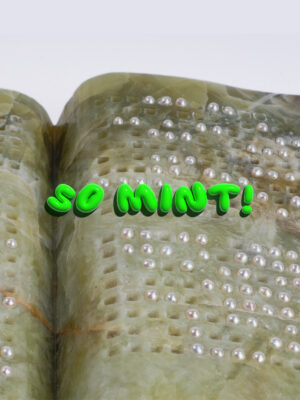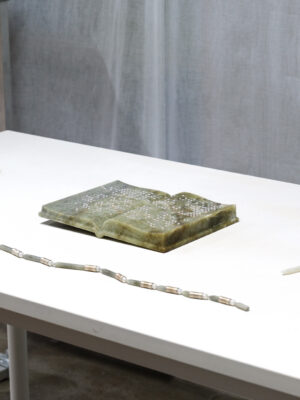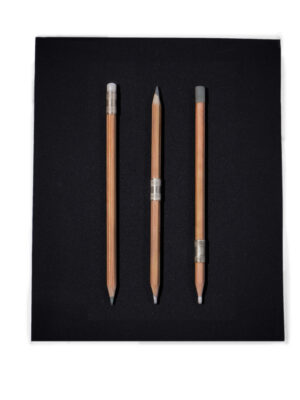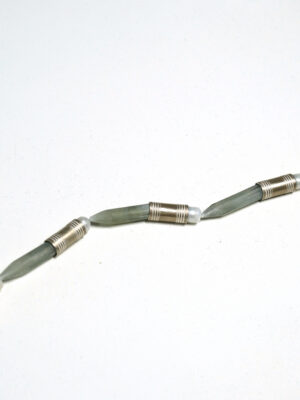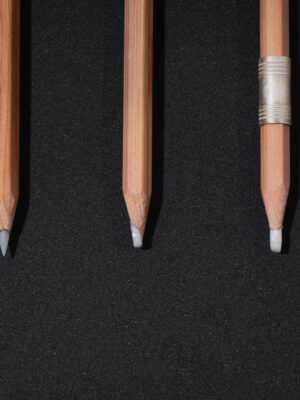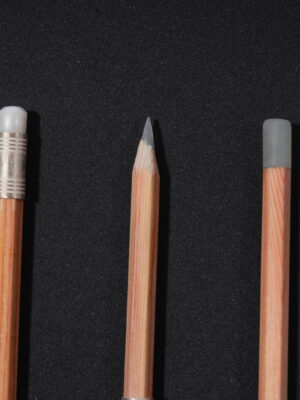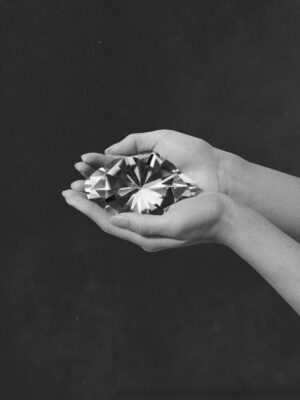‘Jade and pearl metaphorically embody two linguistic systems: one with an inward, angular weight, the other with a fluid, rounded cadence. When ground and fused, they become tools of both writing and erasure.’
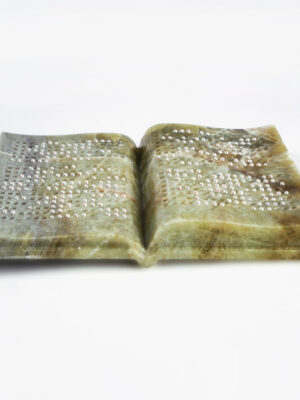
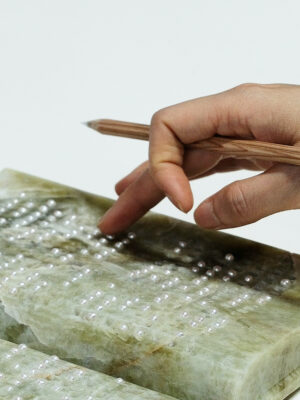
Current Obsession:
Jiani Gu:
In response, I developed my own ‘Shanzhai theory,’ a strategy of intentional misreading and tactical imitation. Using jade and pearl, materials charged with cultural tension, I constructed a hybrid tool where writing and erasure become indistinguishable. This gestures toward the blurred zones of meaning in translation and expression. It is not a mere experiment in materiality, but a reflection on the legitimacy of knowledge and the violence embedded in language.
It feels particularly urgent to tell this story now, as we inhabit a globalised cultural landscape where many non-Western creators are compelled to express themselves in ‘legible’ ways, conforming to dominant discursive expectations. Through this work, I hope to remind people that expression is not always transparent or translatable. Sometimes, it carries with it opacity, ambiguity, and resistance—and it is precisely within this ambiguity that new forms of knowledge, and new possibilities, can emerge.
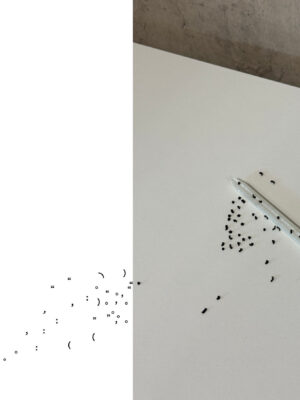
‘I realised I was creating more for the text than for the work. The pressure to sound ‘critical’ and fit into contemporary art discourse, especially in translation, began to distort my relationship with my practice. Words felt heavier than the artwork itself. I started to ask: Why must art always be explained?’
CO:
JG:
JG:
Through what I call ‘Shanzhai (fake) Theory,’ my work challenges the dominant demand for correct interpretation in institutional knowledge systems. I use jade and pearl, materials that metaphorically embody two distinct linguistic systems. One carries an inward, angular weight; the other, a fluid and rounded cadence. By grinding and fusing these materials into tools of both writing and erasure, generate a fine dust whose origin becomes indistinguishable. This ‘language dust’ is both the material residue and a metaphor for meaning, signalling how identity and language are continually abraded, diluted, and destabilised in the process of cultural translation.
By embracing strategic ambiguity and generative misreading, I aim to question the authority of ‘authenticity’ and fixed meaning, seeking a mode of articulation that resists containment within any single linguistic or cultural system. This is both a response to my cultural background and a critique of the structures that attempt to define it.
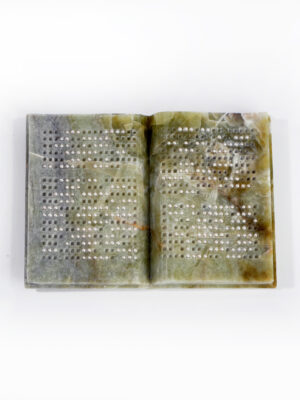
Instagram @fragrant.metal
All images courtesy of the artist.
Our annual series SO MINT! is back, shining a spotlight on the rising talents of fresh graduates in fashion, jewellery, and design from around the world.
Are you a recent graduate with remarkable work to share? Submit your portfolio via this link!
Submissions are open until the end of August 2025.
If you have any questions, please don’t hesitate to contact us via veronika@current-obsession.com.
